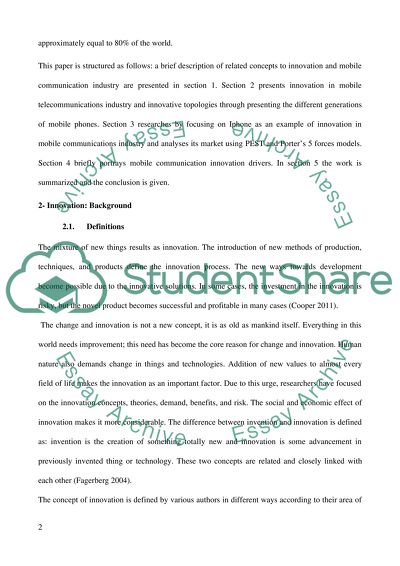Cite this document
(“Innovation in Mobile Communication Industry (Case study:IPhone) Essay”, n.d.)
Retrieved from https://studentshare.org/information-technology/1476278-innovation-in-mobile-communication-industry-case
Retrieved from https://studentshare.org/information-technology/1476278-innovation-in-mobile-communication-industry-case
(Innovation in Mobile Communication Industry (Case study:IPhone) Essay)
https://studentshare.org/information-technology/1476278-innovation-in-mobile-communication-industry-case.
https://studentshare.org/information-technology/1476278-innovation-in-mobile-communication-industry-case.
“Innovation in Mobile Communication Industry (Case study:IPhone) Essay”, n.d. https://studentshare.org/information-technology/1476278-innovation-in-mobile-communication-industry-case.


